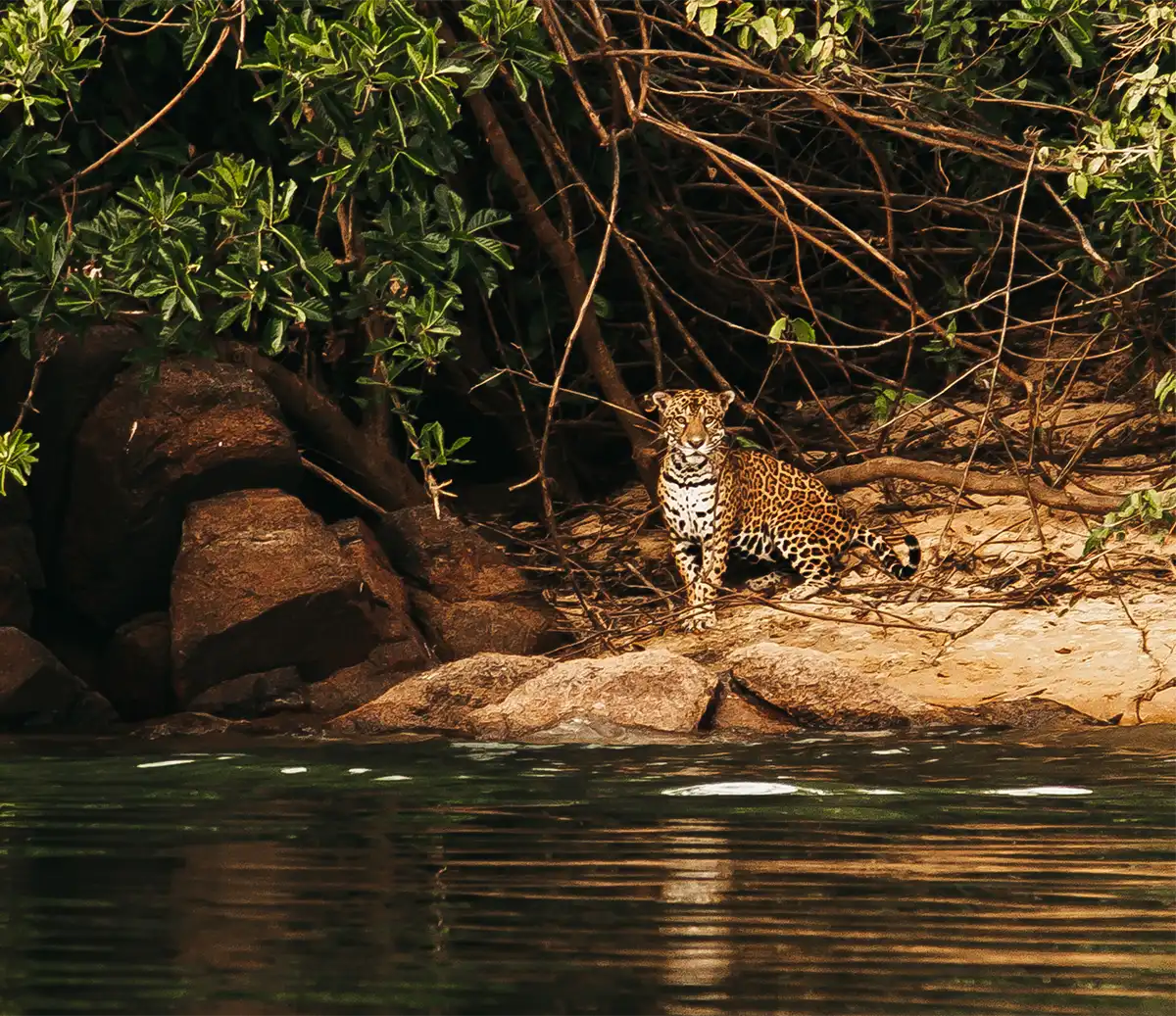Kendjam is a small Kayapó community located deep in Brazil’s isolated Mekragnoti Indigenous Territory.
Kendjam is an incredibly unique experience deep in the heart of the Amazon. Kendjam is a remote and small indigenous community in the land of the Kayapó Indigenous Nation. The Kendjam area is perhaps the most awe-inspiring and untouched Indigenous Territory in the Brazilian Amazon: the Mekragnoti Indigenous Territory. The Mekragnoti is an area of 5 million hectares of pure, virgin Amazon rainforest. Only 700 natives (15 families) live in this enormous area, one of the most isolated portions of tropical jungle on Earth. The Kayapó is one of the most important Indian ethnic groups in the Amazon. Their ritual life and social organization are extremely rich and complex, while their relationships with non-Indian society and environmentalists from the world over are marked by their intensity and ambivalence.
Kendjam is an incredibly diverse fishery, featuring opportunities to target multiple different species on the fly on any given day, many of which most anglers have never even heard of! Imagine sight-casting with dry flies for Matrinxas and Pacu, which eat insect imitations typically jump when hooked like a wild trout. Or casting large streamers for powerful peacock bass, or lightning-fast bicudas – a barracuda-like freshwater predator that will crush your fly and burn your fingers when they run. And always one must be prepared for huge, prehistoric trairao (wolf fish), or the toothy, vampire-fanged payaras. Every cast can bring a different fish to hand, all of them prone to take well-presented flies and put up a fight you’ll never forget.
The Kendjam experience is far more than a mere fishing trip; it is a cultural odyssey beyond compare. The Kayapo Tribe is famous for defeating a dam, protecting its lands, and preserving the culture of their tribe for generations. Anglers at Kendjam will have the opportunity to meet the native guides of the tribe and be part of a traditional body painting. You’ll return home with a cultural experience that few others have been privileged to witness.
Check out this movie on Kendjam from our friend Todd Moen of Catch Magazine

Headed out on your next adventure with us? The Fly ShopⓇ has you covered. As a thank you to our travel guests, enjoy 15% off all retail purchases for a year! — the perfect chance to gear up before your trip.
Whether it’s flies, leaders, apparel or a new rod and reel outfit, we’ve got everything you need to make your journey more comfortable, more successful, and more fun. (some exclusions apply)















